Airparks: a plane in your garage
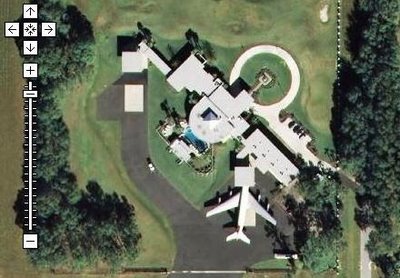 Located in Ocala, Florida, Jumbolair is probably the best known fly-in community in the world. One of the first purchasers in the development was actor John Travolta who keeps his own Boeing 707 in his garage. Jumbolair contains America's largest private airstrip, but it’s not the only airpark in the country. According to the "Living With Your Plane" Association, there are about 430 airparks with a total of 22,000 home sites in the United States. Here you will see some interesting examples:
Located in Ocala, Florida, Jumbolair is probably the best known fly-in community in the world. One of the first purchasers in the development was actor John Travolta who keeps his own Boeing 707 in his garage. Jumbolair contains America's largest private airstrip, but it’s not the only airpark in the country. According to the "Living With Your Plane" Association, there are about 430 airparks with a total of 22,000 home sites in the United States. Here you will see some interesting examples:1. Jumbolair and Travolta's home
 Jumbolair is a luxury fly-in residential in Florida with several million-dollar homes and the longest private airstrip in the country. In its 550 acres, 125 families use to fly their particular planes along the 7,550-foot runway.
Jumbolair is a luxury fly-in residential in Florida with several million-dollar homes and the longest private airstrip in the country. In its 550 acres, 125 families use to fly their particular planes along the 7,550-foot runway.
 According to CNN, its most popular neighbour, actor John Travolta, is considered an extremist even among aviation buffs. He's the only private citizen in the U.S. to own and operate a Boeing 707, a former commercial airliner. He employs a cockpit crew of six, who along with Travolta wear navy-blue uniforms and jaunty white caps.
According to CNN, its most popular neighbour, actor John Travolta, is considered an extremist even among aviation buffs. He's the only private citizen in the U.S. to own and operate a Boeing 707, a former commercial airliner. He employs a cockpit crew of six, who along with Travolta wear navy-blue uniforms and jaunty white caps.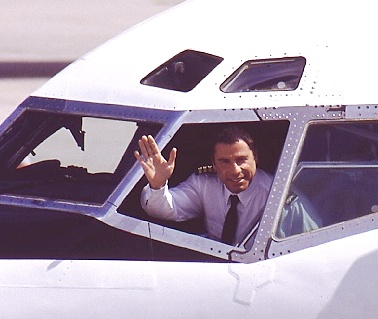 John Travolta is qualified in several types of single and multi-engine aircraft, and has the highest pilot medical certification possible. His house is located immediately off the main airstrip, and is designed so his jets can taxi right up to two outbuildings connected to the main structure, which is shaped like a squat air-control tower. "He uses the 707 as the family van," says Jumbolair developer Terri Jones. "The Gulfstream is his sports car."
John Travolta is qualified in several types of single and multi-engine aircraft, and has the highest pilot medical certification possible. His house is located immediately off the main airstrip, and is designed so his jets can taxi right up to two outbuildings connected to the main structure, which is shaped like a squat air-control tower. "He uses the 707 as the family van," says Jumbolair developer Terri Jones. "The Gulfstream is his sports car."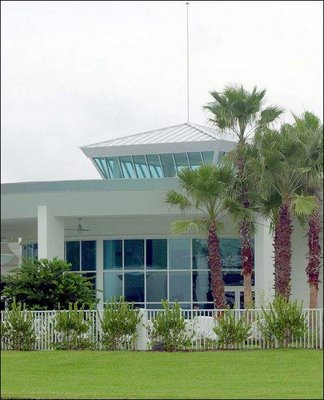

2. A plane in every garage
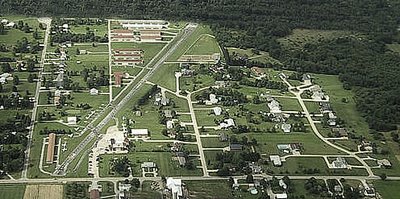 Residential airparks have proliferated in recent years in the US. Exact numbers are difficult to obtain, but since the first opened in California more than 60 years ago, over 500 have been built, and in all but four states, says Dave Sclair, founder of Living With Your Plane. A brief look through Google Maps into airparks like the one in Cameron (California) will show you that in some neighborhoods, people park airplanes rather than minivans in garages attached to their homes.
Residential airparks have proliferated in recent years in the US. Exact numbers are difficult to obtain, but since the first opened in California more than 60 years ago, over 500 have been built, and in all but four states, says Dave Sclair, founder of Living With Your Plane. A brief look through Google Maps into airparks like the one in Cameron (California) will show you that in some neighborhoods, people park airplanes rather than minivans in garages attached to their homes. In many cases, roads are dual-use for both, cars and planes. This issue has become extremely controversial at a number of residential airparks, but in all these years, only one serious accident occurred: when a taxiing airplane and a bicycle collided on a taxiway. The youngster riding the bike was killed.
In many cases, roads are dual-use for both, cars and planes. This issue has become extremely controversial at a number of residential airparks, but in all these years, only one serious accident occurred: when a taxiing airplane and a bicycle collided on a taxiway. The youngster riding the bike was killed.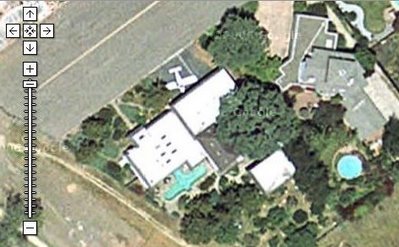 Most airpark communities are located in warmer Southern states - Florida is a popular location - and in rural areas. Some are situated at airports where nonresident pilots are permitted to land their aircraft. Others reserve landing rights for residents only. They range in size from a few small houses near a landing strip to full neighborhoods with multimillion-dollar houses built near runways able to accommodate private jets.
Most airpark communities are located in warmer Southern states - Florida is a popular location - and in rural areas. Some are situated at airports where nonresident pilots are permitted to land their aircraft. Others reserve landing rights for residents only. They range in size from a few small houses near a landing strip to full neighborhoods with multimillion-dollar houses built near runways able to accommodate private jets.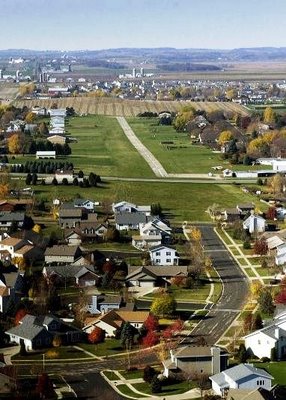 The houses are built on runways. Step into the garage, taxi your plane onto a grass or paved airstrip, and 10 minutes later you're airborne.
The houses are built on runways. Step into the garage, taxi your plane onto a grass or paved airstrip, and 10 minutes later you're airborne.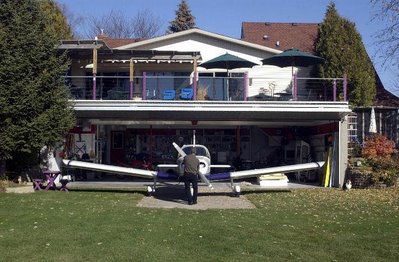 Since 9/11, safety and security have become touchy topics in residential airpark communities. Airpark residents are quick to counter this argument, saying their communities are far safer than most small airports because the airplanes are kept close to people's homes.
Since 9/11, safety and security have become touchy topics in residential airpark communities. Airpark residents are quick to counter this argument, saying their communities are far safer than most small airports because the airplanes are kept close to people's homes.
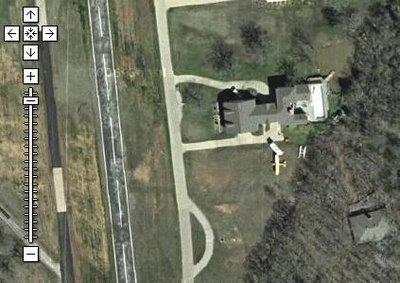 Many people move to airparks simply to spend more time with their airplanes, but it’s not the only reason for residing at an airpark. For others, air parks are simply an extension of the American obsession with the open road. But perhaps, the most important reason for all is to experience that freeedom feeling: being able to fly wherever and whenever you want.
Many people move to airparks simply to spend more time with their airplanes, but it’s not the only reason for residing at an airpark. For others, air parks are simply an extension of the American obsession with the open road. But perhaps, the most important reason for all is to experience that freeedom feeling: being able to fly wherever and whenever you want.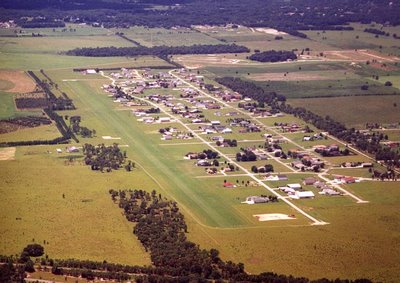
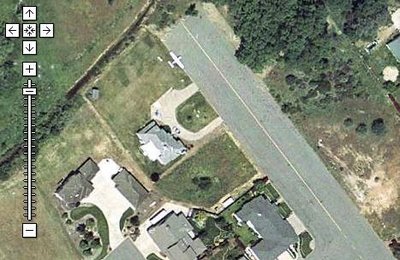 More info and sources: 1, 2, 3, 4, 5, 6, 7, 8, 9, 10
More info and sources: 1, 2, 3, 4, 5, 6, 7, 8, 9, 10






 My StumbleUpon Page
My StumbleUpon Page




No comments:
Post a Comment